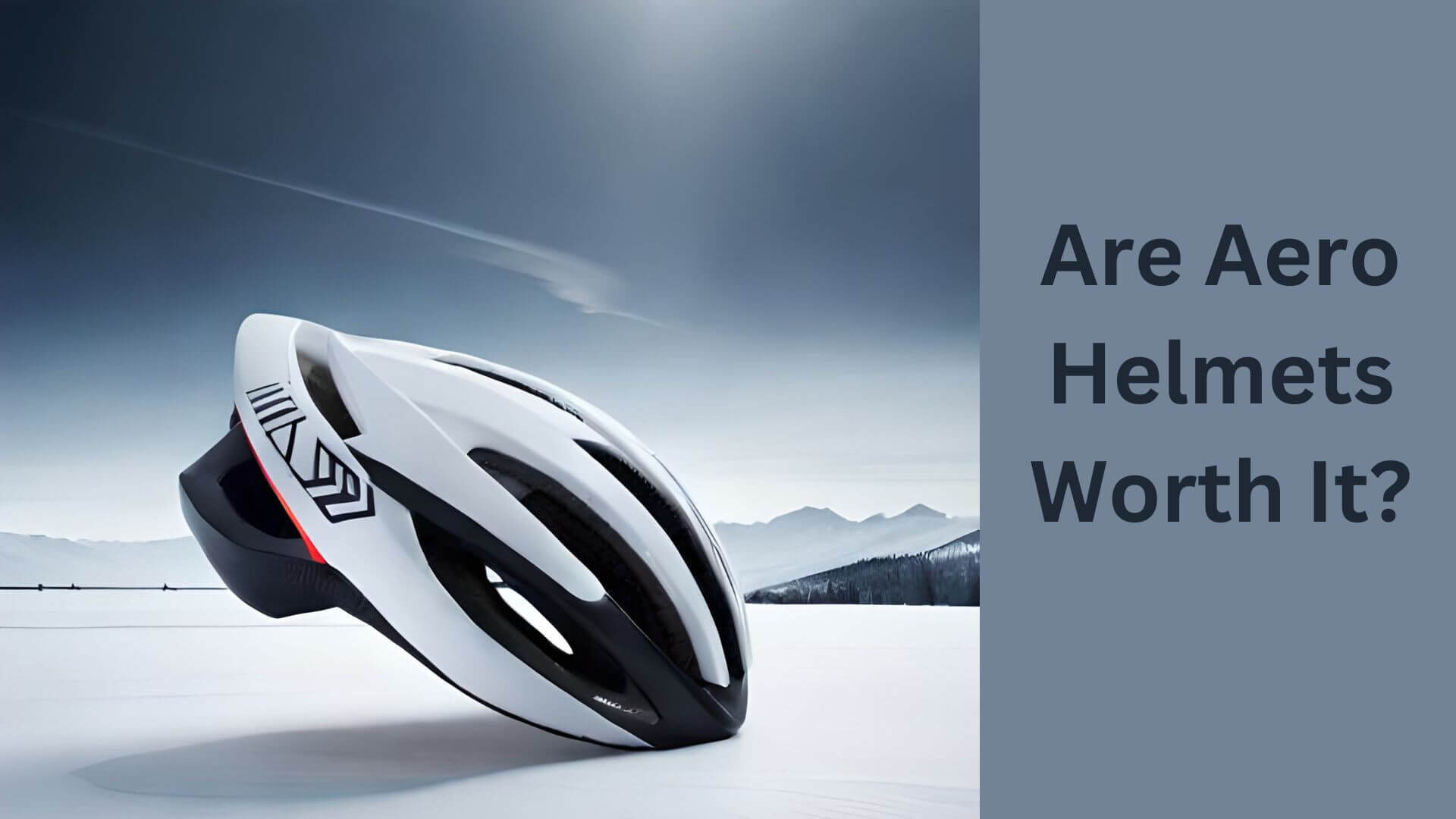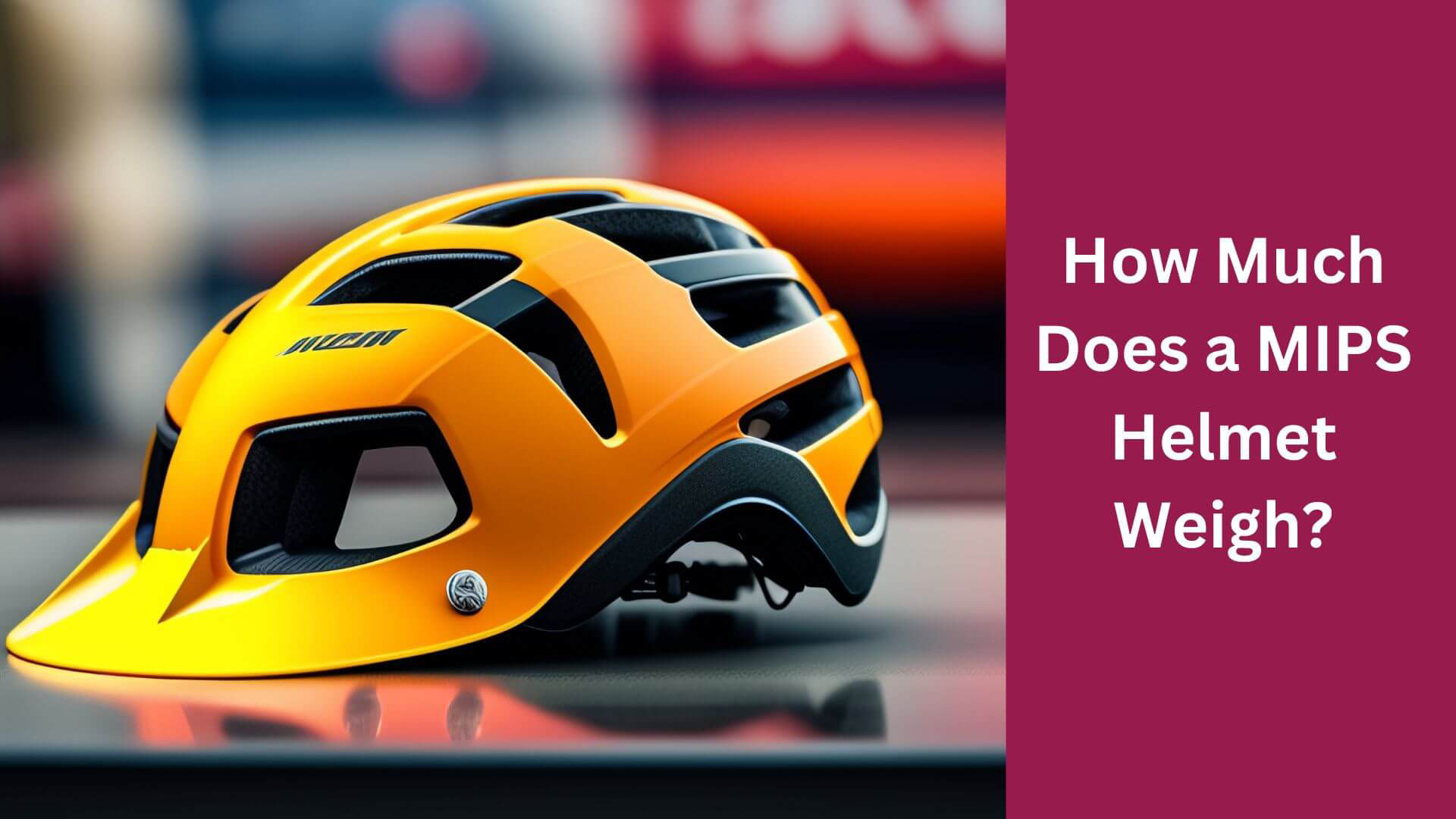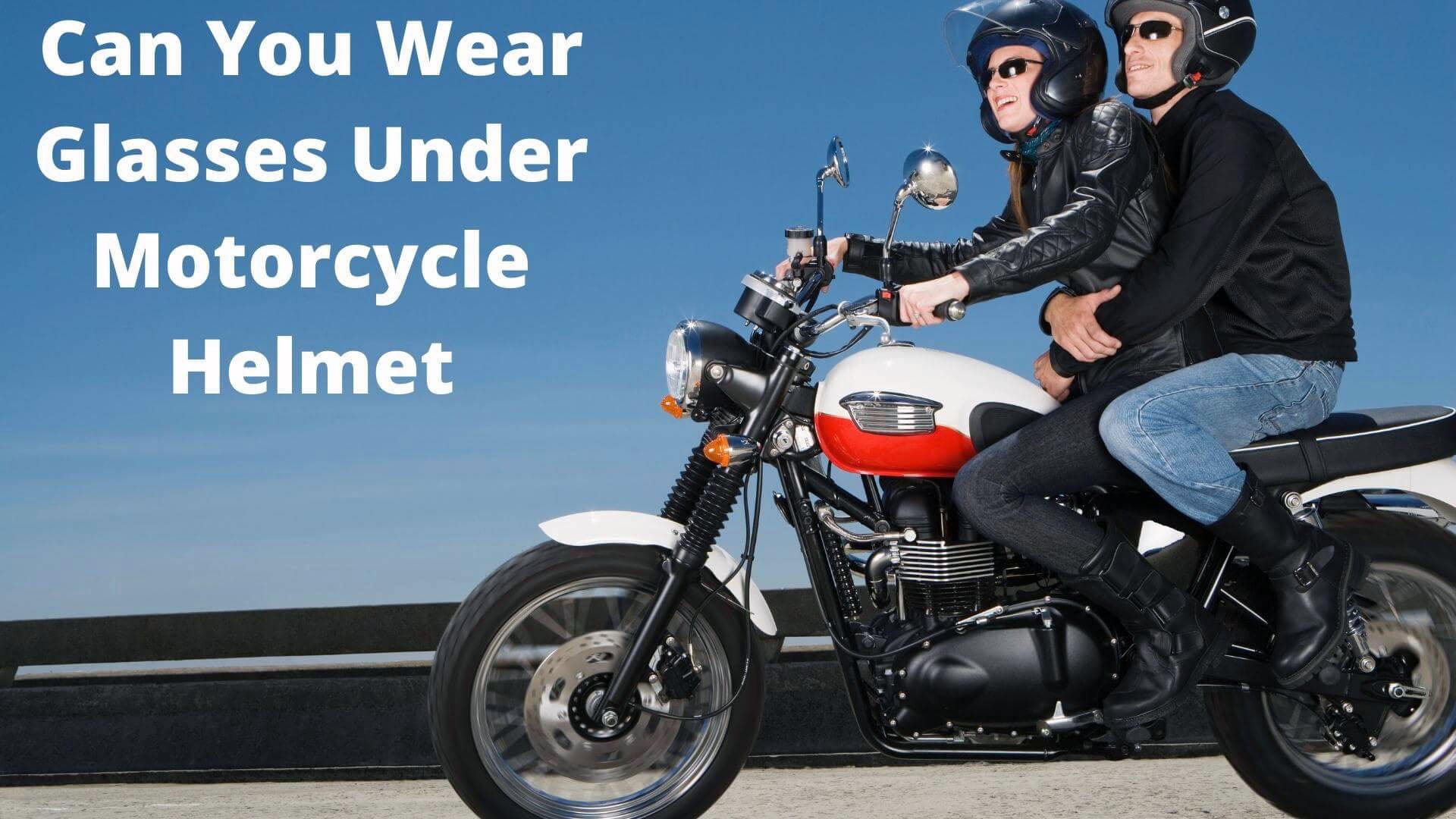How to Pick a Bike Helmet – A Comprehensive Guide for Beginners
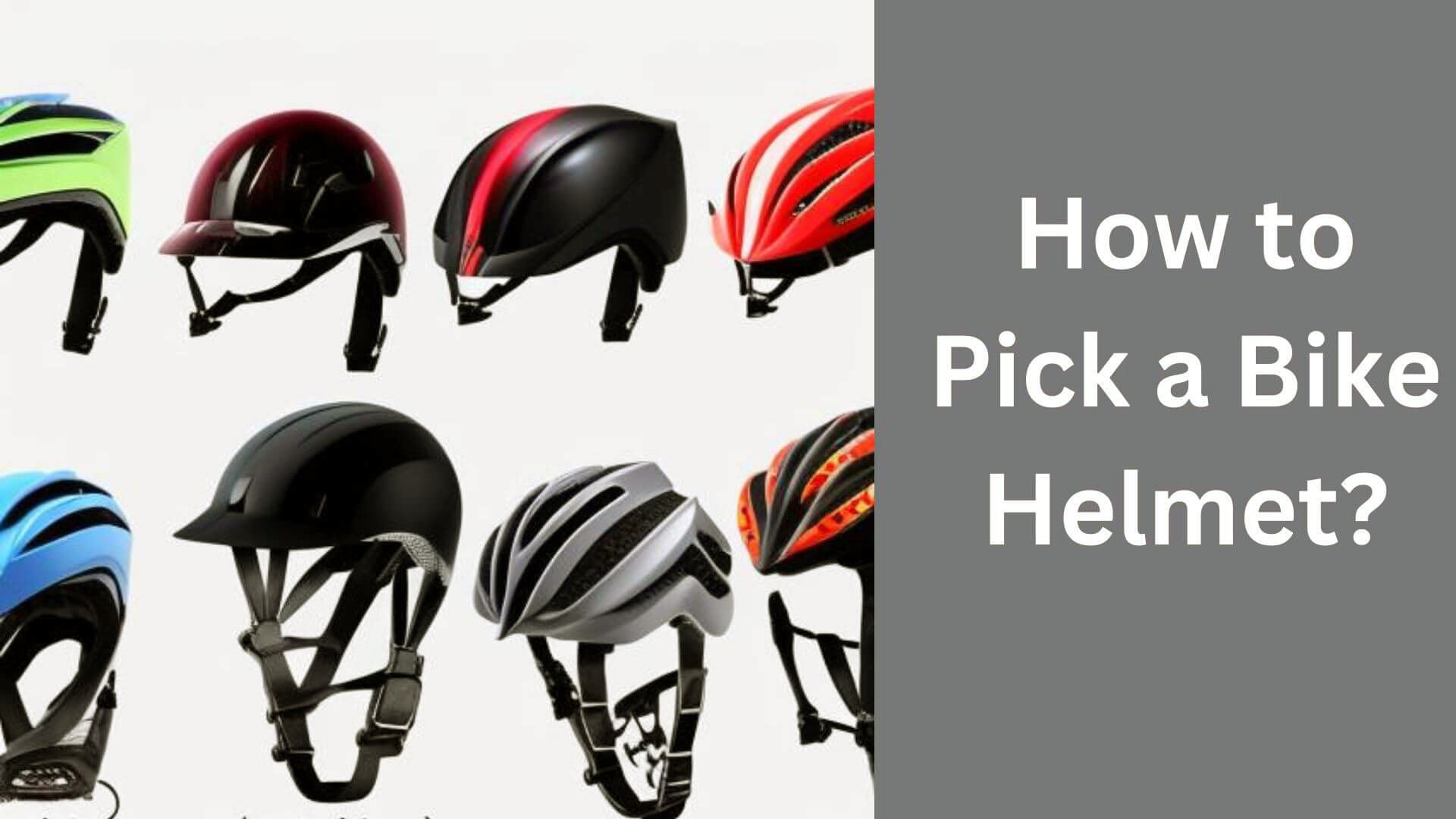
Riding a bike is a great way to stay active, reduce your carbon footprint, and explore the great outdoors. But a helmet is the essential equipment you’ll need to keep yourself safe while cycling. This article will discuss everything you need to know to pick the fitting bike helmet for your needs.
Importance of Wearing a Bike Helmet
It’s a well-known fact that wearing a helmet while biking can significantly reduce the risk of head injury in an accident. According to the National Highway Traffic Safety Administration, helmets are estimated to reduce the risk of head injury by up to 85%. That’s why choosing a helmet that fits you properly and meets all the necessary safety standards is essential.
How to Pick a Bike Helmet Step-By-Step
Step-by-Step Guide to Picking a Bike Helmet
Step 1: Measure your head size
Measure the fullest part of your head, above your eyebrows and ears, with a measuring tape. Try on different helmet sizes to find one that fits comfortably and securely.
Step 2: Determine your type of biking
Consider the type of biking you’ll be doing, as different helmets are designed for specific activities such as road biking, mountain biking, or BMX riding.
Step 3: Look for safety certification
Choose a helmet that meets recognized safety standards, such as CPSC, EN, AS/NZS, or Snell, and look for a sticker or label indicating that the helmet has been certified.
Step 4: Consider the helmet’s style
Choose a helmet that fits your style, and look for one with a design you like. Some helmets come with removable visors, adjustable vents, and other features that may be important to you.
Step 5: Check for additional features
Consider reflective materials, removable and washable padding, and an adjustable chin strap for comfort and convenience.
Step 6: Test for comfort and stability
Once you’ve found a helmet that meets all your requirements, try it on and make sure it feels comfortable and stable. The helmet should sit level on your head, with the front covering your forehead and the back covering the base of your skull. The chin strap should be snug but not too tight, and the helmet should not wobble or move when you shake your head.
Step 7: Make the purchase
Once you’ve found a helmet that fits properly, is certified for safety, and meets your style and feature preferences, purchase and enjoy your new bike helmet.
By following these steps, you can ensure that you choose a bike helmet that fits properly, provides adequate protection, and meets your style and feature preferences.
Read More: Best Budget Bike Helmet
Factors to Consider When Choosing a Bike Helmet
Fit
The most crucial factor to consider when choosing a bike helmet is fit. A helmet that doesn’t fit properly won’t protect your head in the event of an accident. To ensure the best fit, measure your head and try on different sizes and styles until you find one that feels comfortable and stable.
Safety Standards
It’s essential to choose a helmet that meets safety standards set by organizations such as the Consumer Product Safety Commission (CPSC), the European Standard (EN), the Australian and New Zealand Standards (AS/NZS), or SNELL. These standards ensure that the helmet has been tested and certified to provide adequate protection during a crash.
Ventilation
Another essential factor to consider is ventilation. A well-ventilated helmet will keep your head cool and reduce sweat build-up, which can be uncomfortable and reduce visibility. Look for a helmet with ample air vents and channels to keep you cool and dry.
Visibility
Visibility is critical, especially when cycling in low-light conditions or on busy roads. Look for a helmet with reflective elements or bright colors to help increase your visibility to other road users.
Style and Design
Finally, style and design also play a role in your decision-making process. Choose a helmet that meets your safety and performance needs and matches your style and preferences.
Read More Details: What to Look for in a Bike Helmet?
How to Measure Head Size for a Bike Helmet
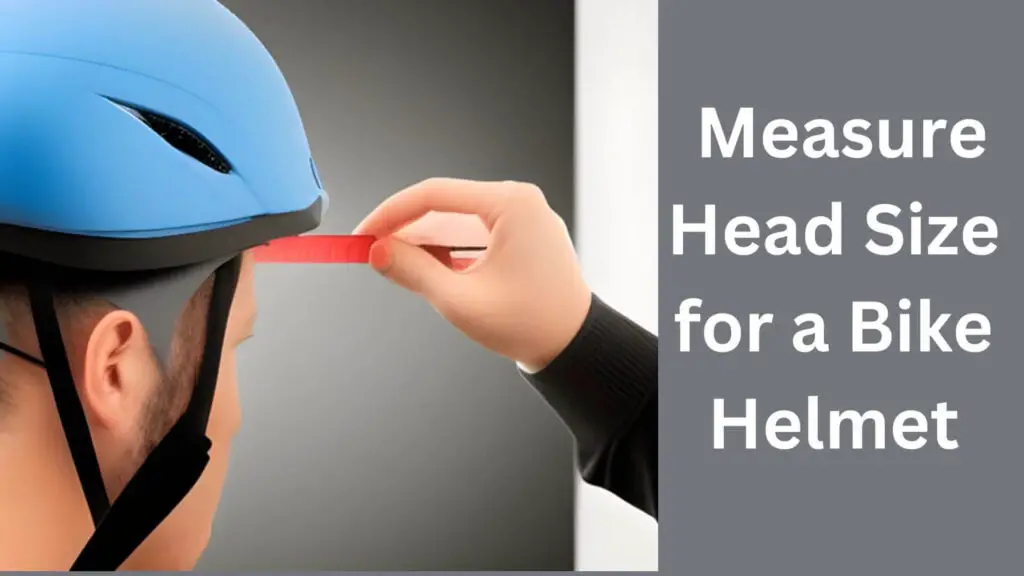
Getting the right fit is essential when choosing a bike helmet; it all starts with adequately measuring your head. Here are the steps you should follow to measure your head size:
● Using a Measuring Tape
- Place the measuring tape around your head, just above your eyebrows and ears.
- Record the measurement in centimeters or inches.
● Trying on Different Sizes
Once you have your head measurement, you can use it as a guide to try on different helmet sizes. Remember that other brands and models may fit differently, so it’s a good idea to try on several different helmets.
● Checking for Comfort and Stability
When trying on a helmet, make sure it feels comfortable and stable on your head. The helmet should sit level on your head, with the front of the helmet covering your forehead and the back covering the base of your skull.
The chin strap should be snug but not too tight, and the helmet should not wobble or move around when you shake your head.
By following these steps, you can ensure that you choose a bike helmet that fits properly and provides adequate protection in the event of an accident.
Different Types of Bike Helmets
1. Road Bike Helmets
Road bike helmets are designed for speed and aerodynamics. They typically have a sleek, lightweight design and ample ventilation.
2. Mountain Bike Helmets
Mountain bike helmets are designed for more rugged terrain and are typically bulkier and more protective than road bike helmets. They often have a visor to protect your face from the sun and debris.
3. Commuter Bike Helmets
Commuter bike helmets are designed for city riding and commuting. They often have a more casual style and may feature built-in lights or reflective elements for added visibility.
4. Kids’ Bike Helmets
Kids’ bike helmets are designed for smaller heads and are often more colorful and playful in design. They also meet the same safety standards as adult helmets.
5. Electric Bike Helmets
Electric bike helmets are designed specifically for e-bike riders and offer added protection during a crash. They typically have a more robust design and may also feature integrated lights or ventilation systems.
What are the Safety Standards for Bike Helmets
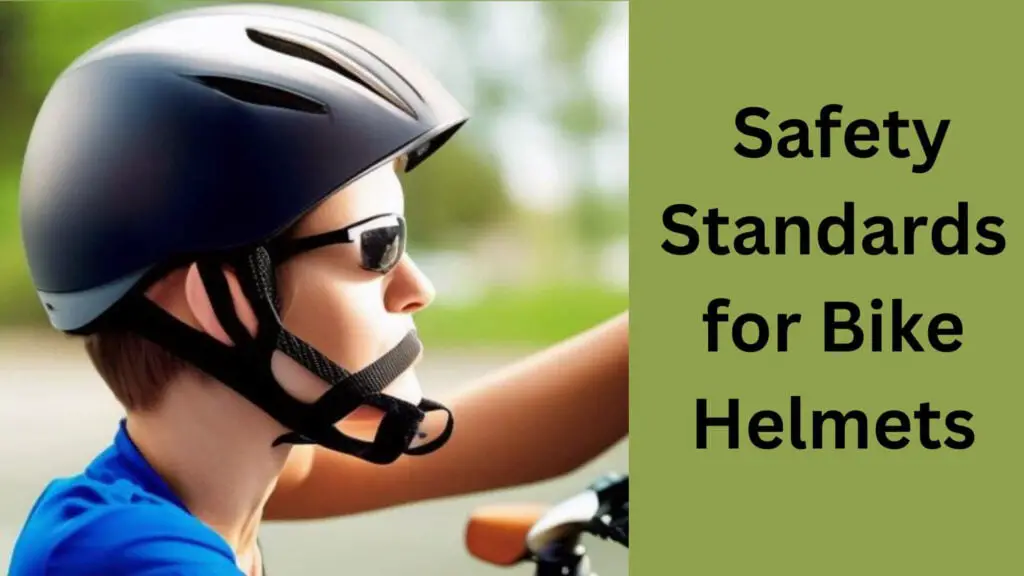
When choosing a bike helmet, it’s essential to consider the safety standards it meets. Here are some of the most commonly recognized safety standards:
1. CPSC (Consumer Product Safety Commission)
The CPSC is the national standard for bike helmets in the United States. This standard requires helmets to pass impact tests, including drops from different heights and angles. Helmets that meet the CPSC standard will have a sticker or label indicating that they have been certified.
2. EN (European Standard)
The EN standard is recognized in Europe and is similar to the CPSC standard in the United States. This standard requires helmets to pass impact tests, including drops from different heights and angles. Helmets that meet the EN standard will have a sticker or label indicating that they have been certified.
3. AS/NZS (Australian and New Zealand Standard)
The AS/NZS standard is recognized in Australia and New Zealand and is similar to the CPSC and EN standards. This standard requires helmets to pass impact tests, including drops from different heights and angles. Helmets that meet the AS/NZS standard will have a sticker or label indicating that they have been certified.
4. SNELL
The Snell Memorial Foundation is an independent, not-for-profit organization that tests and certifies bike helmets. This standard is more stringent than the CPSC, EN, and AS/NZS standards and requires helmets to pass a series of impact tests, including drops from higher heights and at a faster speed. Helmets that meet the Snell standard will have a sticker or label indicating that they have been certified.
When choosing a bike helmet, selecting one that meets one of these safety standards and has been certified by a recognized testing organization will give you peace of mind knowing that your helmet has been designed and tested to provide adequate protection in the event of an accident.
Read More: Is it Illegal to Ride a Bike Without a Helmet?
How to Maintenance and Replacement of Bike Helmets

Proper maintenance and replacement of your bike helmet are essential to ensure that it continues to provide adequate protection in the event of an accident. Here’s what you need to know:
● Signs of damage
Inspect your helmet regularly for signs of damage, including cracks, dents, or other structural damage. If you notice any damage, it’s time to replace your helmet.
● Proper storage
Store your helmet in a cool, dry place and away from direct sunlight. Avoid storing your helmet in hot cars or near heat sources, as this can cause the helmet to break down and lose its protective properties.
● Recommended replacement after 5 years or after a significant impact
It’s recommended to replace your helmet after 5 years or after a significant impact, even if there are no visible signs of damage.
Over time, the materials in the helmet can break down and lose their protective properties. Hence, it’s essential to replace your helmet regularly to ensure that it continues to provide adequate protection.
By following these guidelines for the maintenance and replacement of your bike helmet, you can ensure that your helmet continues to provide adequate protection in the event of an accident.
Read More: How Often Should You Replace Your Bike Helmet?
Frequently Asked Questions on How to Pick a Bike Helmet
How do I measure my head for a helmet?
A: To measure your head for a helmet, use a measuring tape to measure the circumference of your head, just above your eyebrows and ears. Try on different helmet sizes to find one that fits comfortably and securely.
What are the different safety standards for bike helmets?
A: The recognized safety standards for bike helmets are CPSC (Consumer Product Safety Commission), EN (European Standard), AS/NZS (Australian and New Zealand Standard), and SNELL.
What should I consider when choosing a helmet?
A: When choosing a helmet, consider the type of biking you’ll be doing, look for safety certification, consider the helmet’s style and features, and make sure the helmet feels comfortable and stable on your head.
How often should I replace my bike helmet?
A: It’s recommended to replace your bike helmet after 5 years or after a significant impact, even if there are no visible signs of damage.
What is the proper way to store a bike helmet?
A: Store your bike helmet in a cool, dry place and away from direct sunlight. Avoid storing it in hot cars or near sources of heat.
How do I know if the helmet needs to be replaced?
A: Inspect your helmet regularly for signs of damage, including cracks, dents, or other structural damage. If you notice any damage, it’s time to replace your helmet.
Last Word
In conclusion, wearing a bike helmet is essential to staying safe while riding a bicycle. When choosing a helmet, it’s essential to measure your head size, determine the type of biking you’ll be doing, look for safety certification, and consider the helmet’s style and features.
Additionally, proper maintenance and replacement of your helmet are crucial for ensuring that it continues to provide adequate protection in the event of an accident.
Following the steps outlined in this blog post, you can find a bike helmet that fits properly, meets your needs and provides the protection you need to stay safe while riding. So, whether you’re a seasoned cyclist or just starting, make sure you choose a helmet that fits properly, is certified for safety and meets your style and feature preferences.

Hey, I’m Hrithik Hossain. I am the head of helmethacks.com, which specializes in safety helmets. I am looking to connect with anyone interested in purchasing a helmet or who has any questions about different types of helmets. I have over 8 years of experience as a helmet expert, and I can’t wait to help you find the perfect helmet for you. I can help you with any questions regarding helmets, from the best brands to fitting, style, and more! I really enjoy keeping people safe by ensuring they have the best protection possible.

